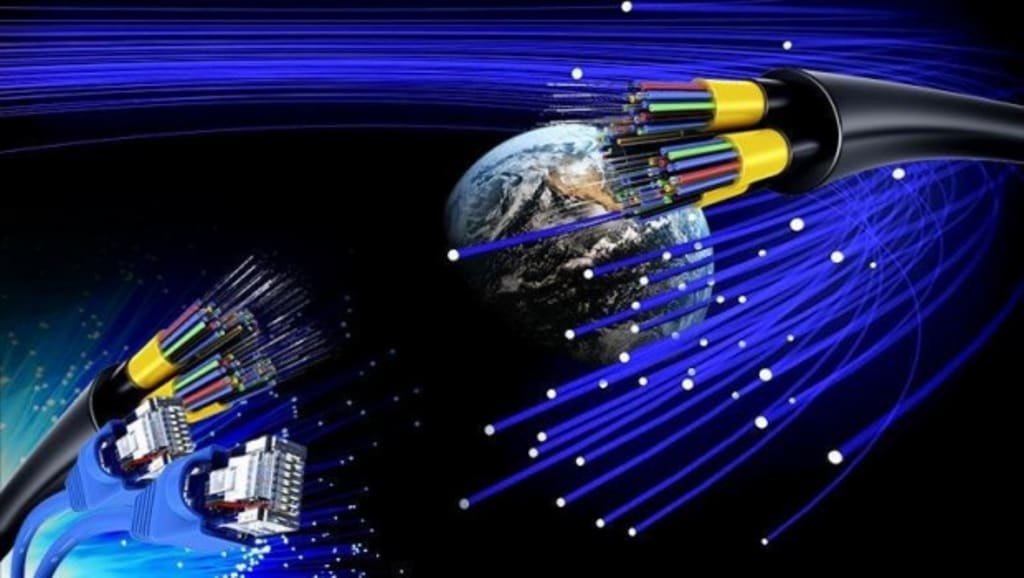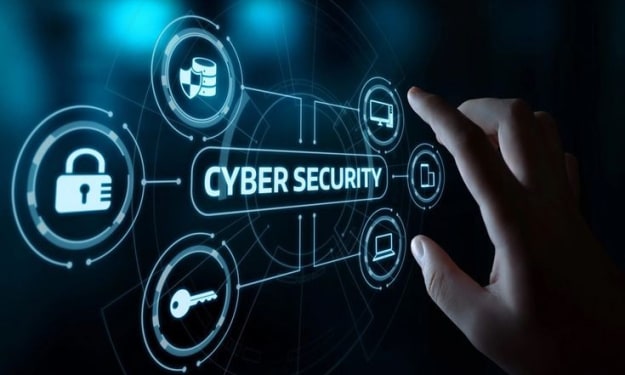Effects of Harsh Weather on Fiber Optic (Ways to protect cables)
Harsh Weather on Fiber Optic Cables

Fiber optic internet connection is becoming quite popular in the world because these come with numerous advantages as compared to traditional copper cables. One reason behind its popularity is that fiber-optic cables can transmit data faster than copper cables, and they can carry data over long distances without any disruptions.
Nevertheless, over the years, users of fiber optic connections have realized that harsh weather poses a real challenge when it comes to these cables. Adverse conditions may take a toll on these cables and disrupt signals. Fiber optic connection is very reliable as compared to copper cables as its signal cannot be disrupted due to electromagnetic interferences, etc. However, harsh weather can affect the quality of your signal.
What Are the Effects of Harsh Weather on Fiber Optic Cables?
Fiber-optic cables come with a protective jacket composed of PE or PVC, which can tolerate really high temperatures like in the Middle East. The reliability of the fiber optic also depends upon the type of material you use for installation. In the case of bad layering, extreme temperatures can damage the performance of the cable. So, make sure to consult fiber-optic cable Dubai based experts for the best PVC material and fiber.
However, when it comes to cold weather and sub-freezing temperatures, you need to be very careful as it may damage your cables. Below freezing temperatures and harsh environment can take a toll on the on the fiber optic cables thus disrupting the signals.
Why Does It Happen?
So what happens really is that the reason why cold temperatures affect fiber optic cable is that these due to some leakage water makes its way into the ducts that carry these cables, and it tends to freeze. This mostly happens when there are gaps or imperfect joints. The ice that forms due to the freezing of that water around the fiber optic cables causes these cables to deform and bend, ultimately resulting in breakage.
Initially, the cables will only bend, and the signal will weaken and degrade, but in some cases, signals will not be able to pass through the cable at all, resulting in total disruption. In such cases, your fiber optic network might go down suddenly as freezing water stops the data transmission altogether.
How to Protect Cables from Damage Due to Harsh Temperatures?
Fiber optic cables have taken over copper wires and networking due to its higher speed bandwidth and light as a medium of data transmission. However, its installation needs to be managed adequately because even a small amount of grease, moisture, or dirt can affect the transmission of the signal. The cables themselves are only vulnerable to bending due to harsh weather; the major problem lies within the connectors.
As discussed above, the fiber optic cables are protected by a jacket of PVC and acrylic. However, the connectors that join these cables are vulnerable to harsh temperatures and elements like dirt and water.
One option to protect cables from harsh weather is to install fiber optic cables buried way below the frost line, so you don’t have to worry about moisture and ice formation. But this might be very costly because the cables might be routed along a highway or a big structure. Another option is to add antifreeze gels to the fiber conduit. This will also affect the overall cost of the structured cabling project.
Can Connectors Help Protect Cables?
A more cost-effective way to protect fiber optic cables against extreme temperatures and ice formation is to use good quality connectors to make sure endpoints of the cable are sealed. This way, water will not be able to get into the conduit in the first place and cause damage due to freezing. A connector that is of high quality and is specifically designed to withstand harsh temperatures will ensure your fiber optic conduit is sealed, therefore, keeping the cables safe from ice formation.
There are three common types of fiber optic connectors used in the market: SC, LC, and ST. The LC connector has a push-pull mechanism and is much smaller than the other two. LC connector provides a secure clip connection. However, LC lacks in terms of protection against water as compared to the other connectors.
There are multiple types of connectors that are used specifically to work under harsh environments, for example, the Bulgin’s 4000 Series Fiber connector. It is the smallest connector available in the market. It is UV resistant and can be immersed in water of depth around 10 meters for a period of two weeks without allowing water access (IP68). Thus, no ice formation and damage to the cable. This connector can handle temperatures up from -25c to +70c.
If you want a duplex connection, you can use the 6000 Series Fiber Connector, which is best suited for outdoor broadcasting as it is highly resistant to adverse conditions and harsh environments. It is IP68 tested and has an additional glass fiber on the cable to increase data transmission when needed. Make sure to consult fiber optic cable Dubai based professionals for the best quality, rugged connectors for your fiber-optic network.
Enjoy a Fast Fiber Optic Internet!
By taking proper measures, you can now have a fiber optic connection that can withstand harsh environments without fear of ice damage or water. By taking these steps, you can limit the impact of harsh weather on fiber optic cables and enjoy a fast speed, reliable internet connection. Be very careful when installing the fiber cables and be very careful about where and how these cables are installed. If you are experiencing unforeseen transmission issues and signal disruptions, make sure to get in touch with fiber-optic companies in your area to remedy the situation before it becomes out of hand.
Now you know how harsh weather affects fiber optic cables and ways to protect your connection. Enjoy a super-fast fiber optic internet!






Comments
There are no comments for this story
Be the first to respond and start the conversation.